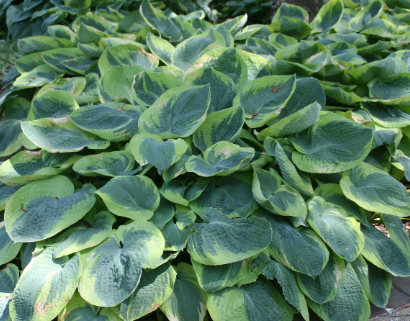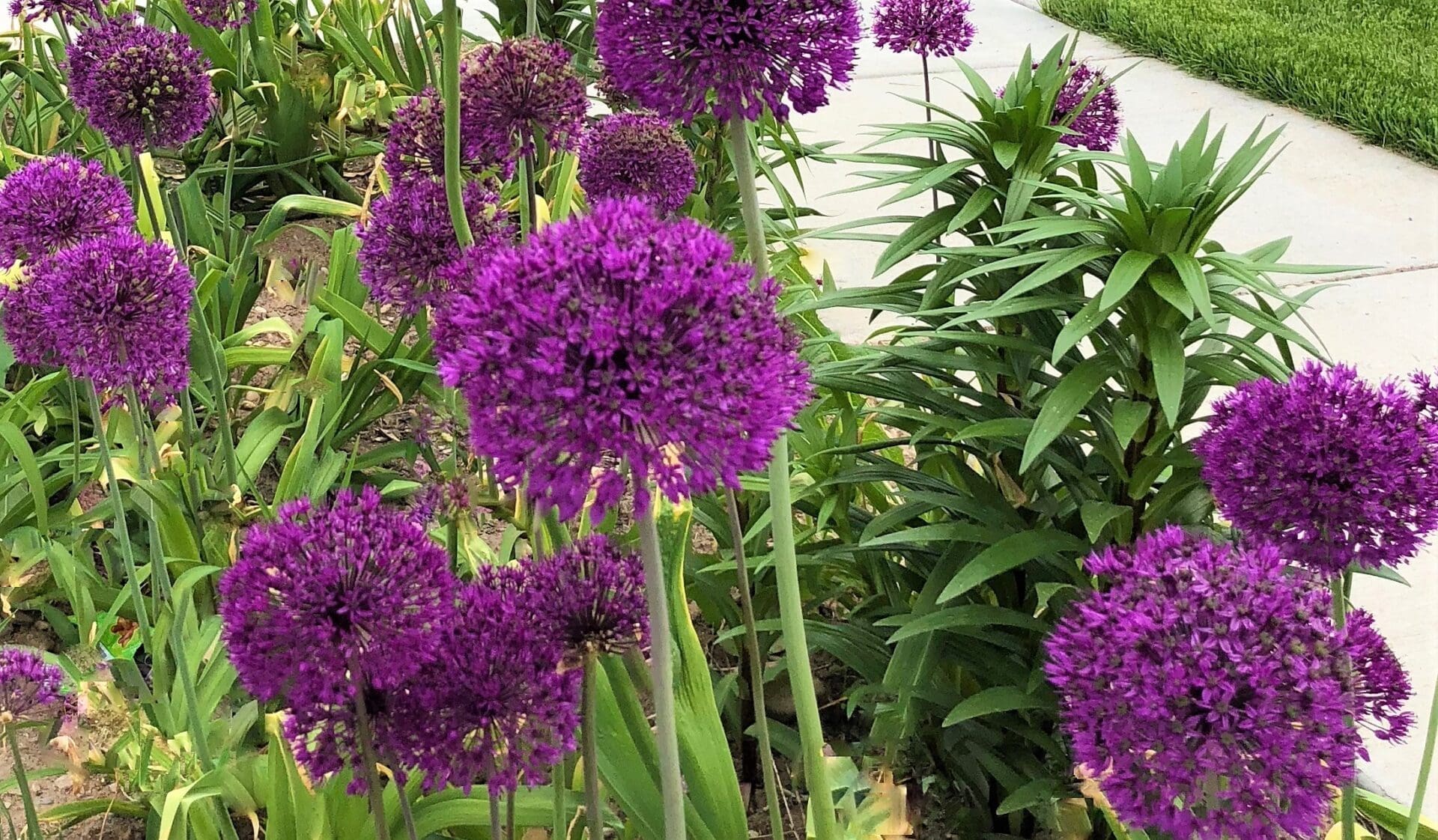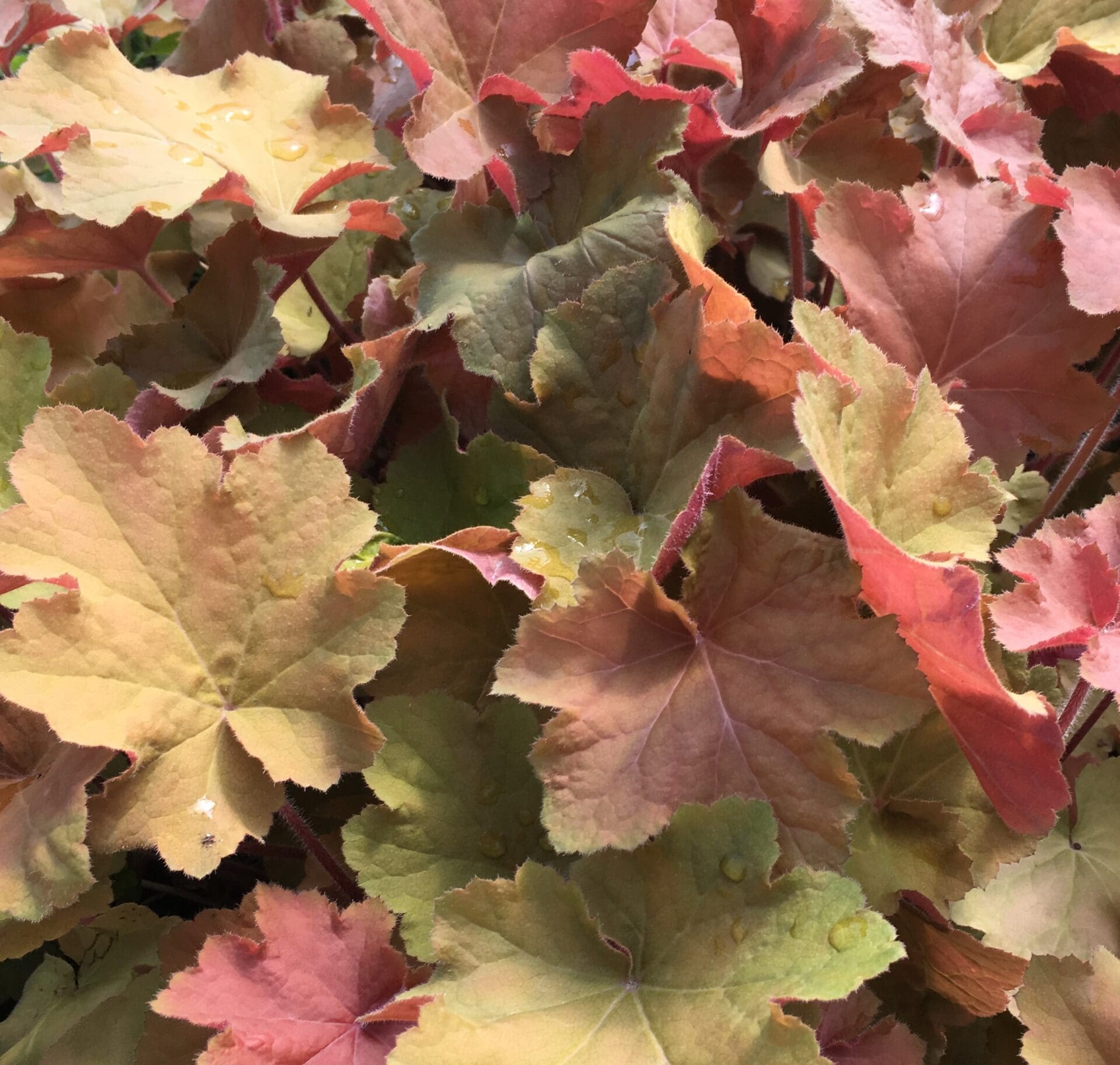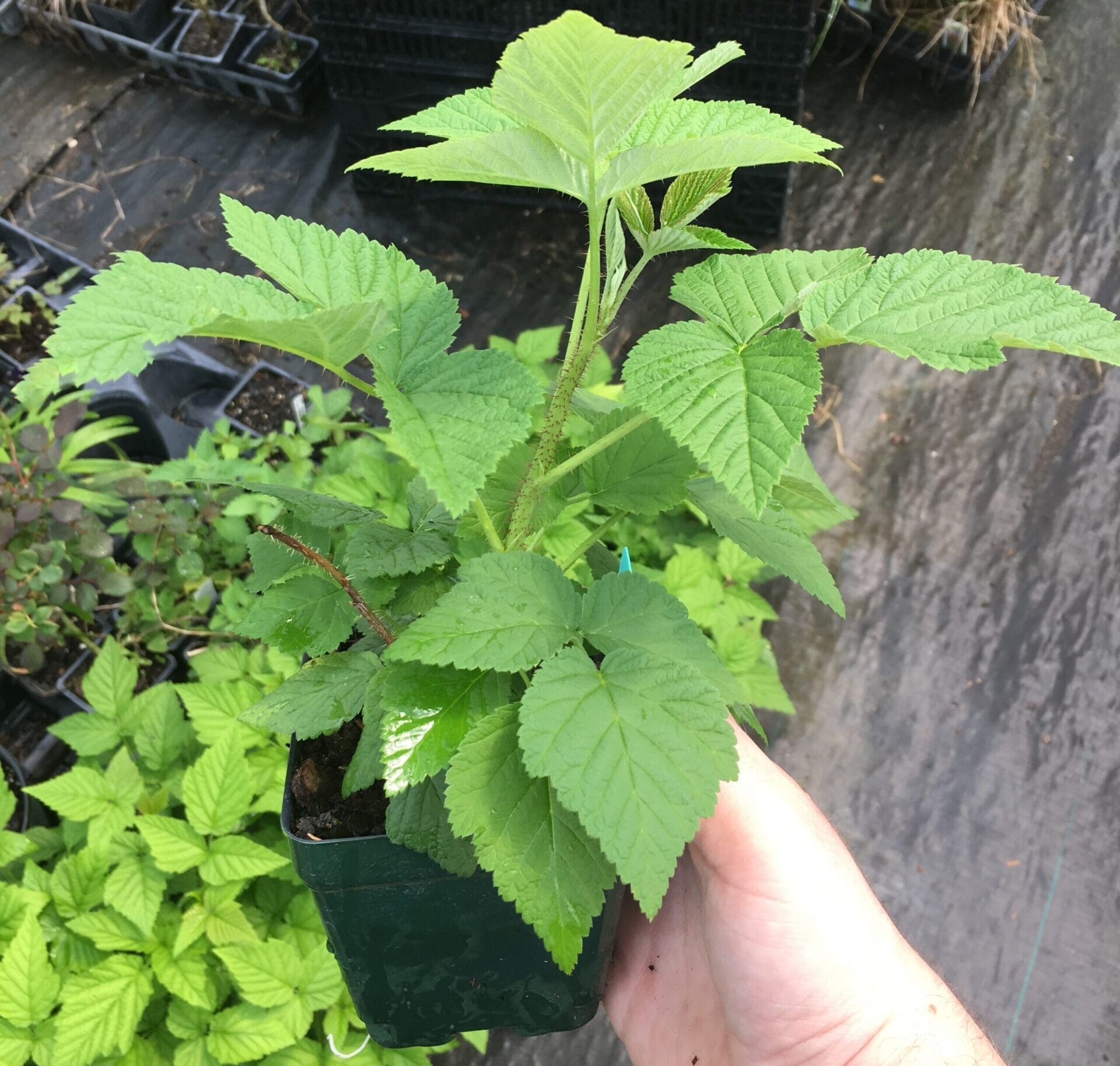Description
***We recommend that you wait 7 to 10 days from the date of receipt before repotting your plants, to allow them to recover from the shock of shipping***
Proud Products Guarantee!!
Plants from Daylily Nursery are guaranteed to arrive healthy and green. If you have any concerns or are dissatisfied within the first five days of receiving your plants, please email or call our office. If your plants have received less-than-ideal care or were purchased for planting outside of your recommended growing zone, your purchase isn’t covered by our guarantee. Zone recommendations are provided in our listings.
Use your best judgment before ordering during unusually hot or cold weather (below 32 degrees F, or in excess of 95F for shipping purposes), as these extremes may leave your plant vulnerable to damage. The optimal time for planting for most of our material is in mid to late spring, past the danger of hard frost. This allows your plants the longest possible growing season. Summer and very early fall are also suitable, as long as your plant is placed in optimal conditions and receives adequate water. Late fall and winter are very risky in most areas. When in doubt about suitable planting times or zone compatible plants for your area, reach out to your local Agricultural Extension Office.
If issues with your plants arise within the first 30 days of receipt, please email or call our office. Our knowledgeable staff will review your concerns and provide guidance and troubleshooting, or a one-time replacement if necessary. The customer assumes responsibility for the cost of shipping the replacement. Happy Planting!




